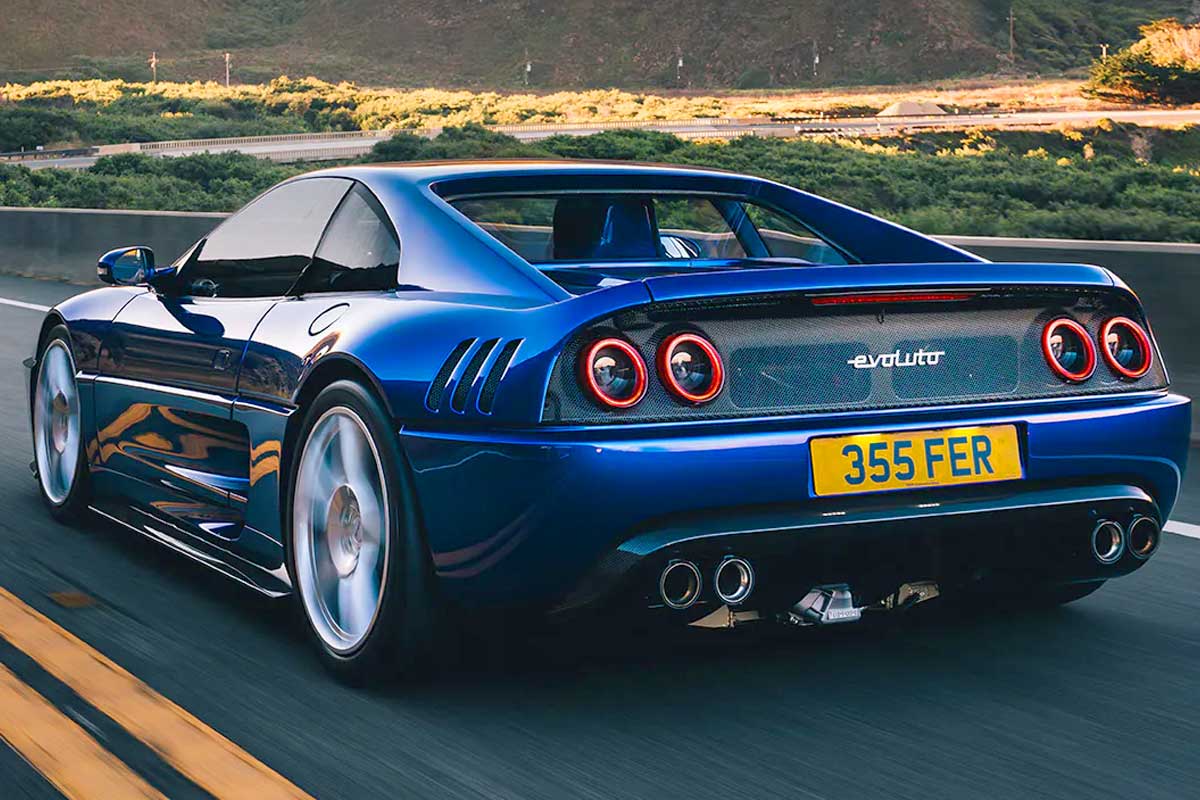
Produced in over 11,000 units between 1994 and 1999, the Ferrari F355 is undoubtedly one of the last Ferraris to have received unanimous approval for its design, signed by Pininfarina. It corrected many of the shortcomings of its predecessor, the 348, and offered excellent performance, with a 0 to 100 km/h time of less than 5 seconds. It was also the very first road-going Ferrari to offer an optional sequential gearbox with steering-wheel-mounted paddles, based on the technology introduced in F1 with the 640 single-seater in 1989.
Evoluto Automobili, a British company, is one of the many tuners who have ventured into the restomod niche. The F355 "by evoluto" is their latest original creation.
200 mechanical parts reworked
Under the rear hood, the naturally-aspirated V8 has been reworked, with Evoluto claiming that over 200 parts have been modified. As a result, their F355 delivers 420 bhp, compared with 380 on the original, at 8500 rpm versus 8250 initially, which isn't, in the end, such a huge difference. But if you add a high-performance pack, power rises to 500 hp.
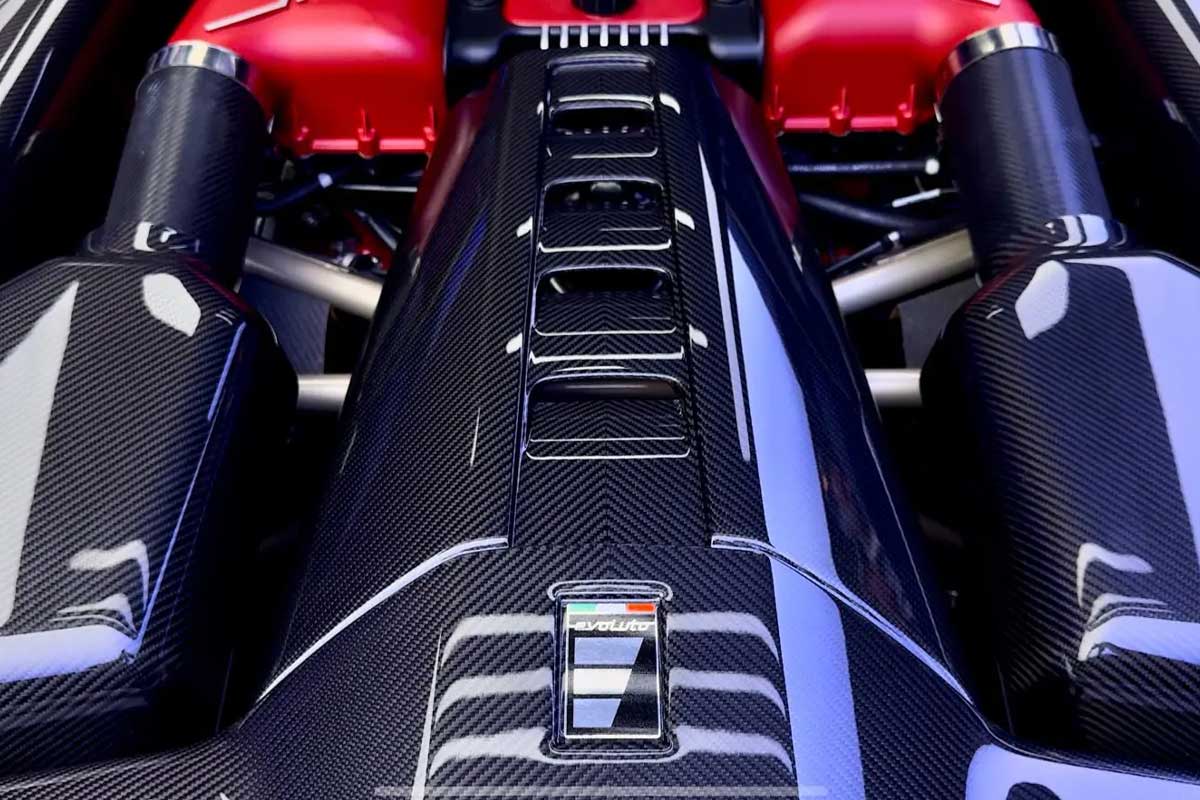
The bodywork is entirely in carbon, and the F355 is slimming down, with 1250 kg announced on the scales, i.e. a hundred or so less. At the same time, Evoluto reports an increase in torsional rigidity of 23 %.
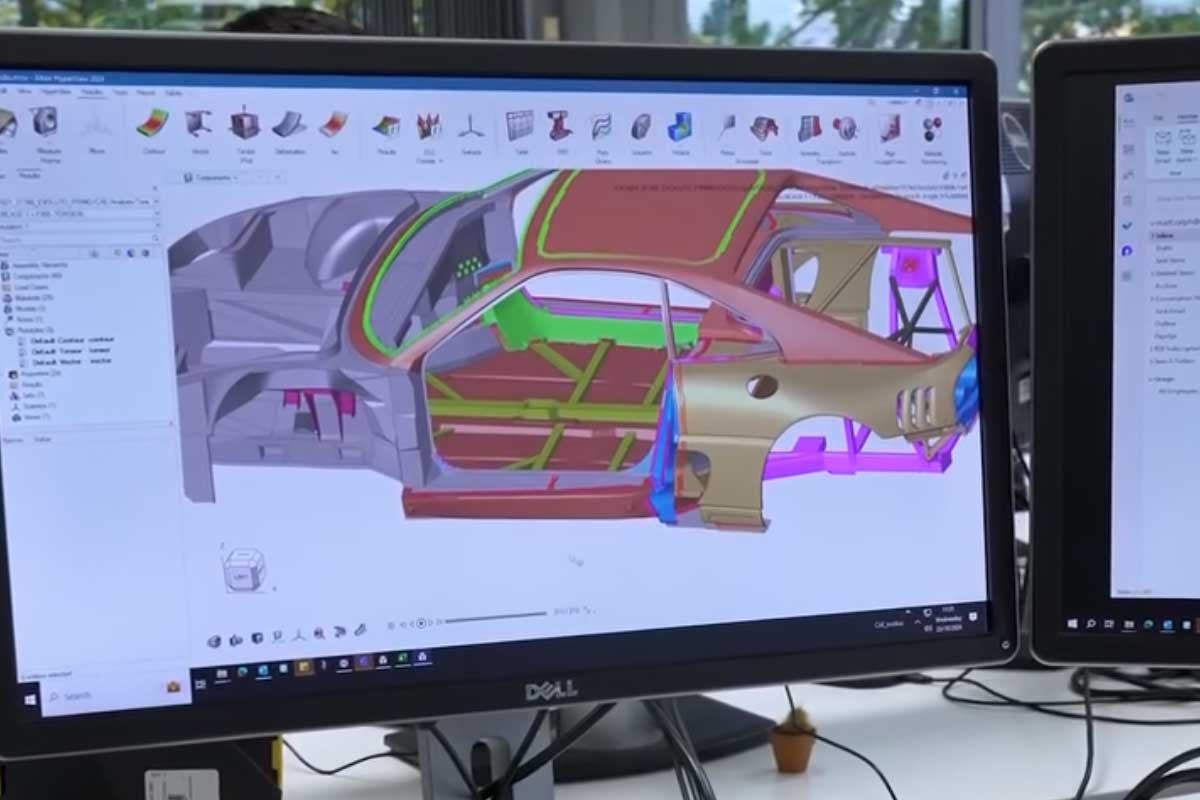
The 6-speed manual transmission has been revised, as have the brakes, with the adoption of Brembo 6-piston calipers at the front and 4-piston calipers at the rear. The discs can even be upgraded to carbon-ceramic. The wheels are 19", with Michelin Pilot Sport 4S 235/35/19 at the front and 305/30/19 at the rear.
Rather subtle exterior modification
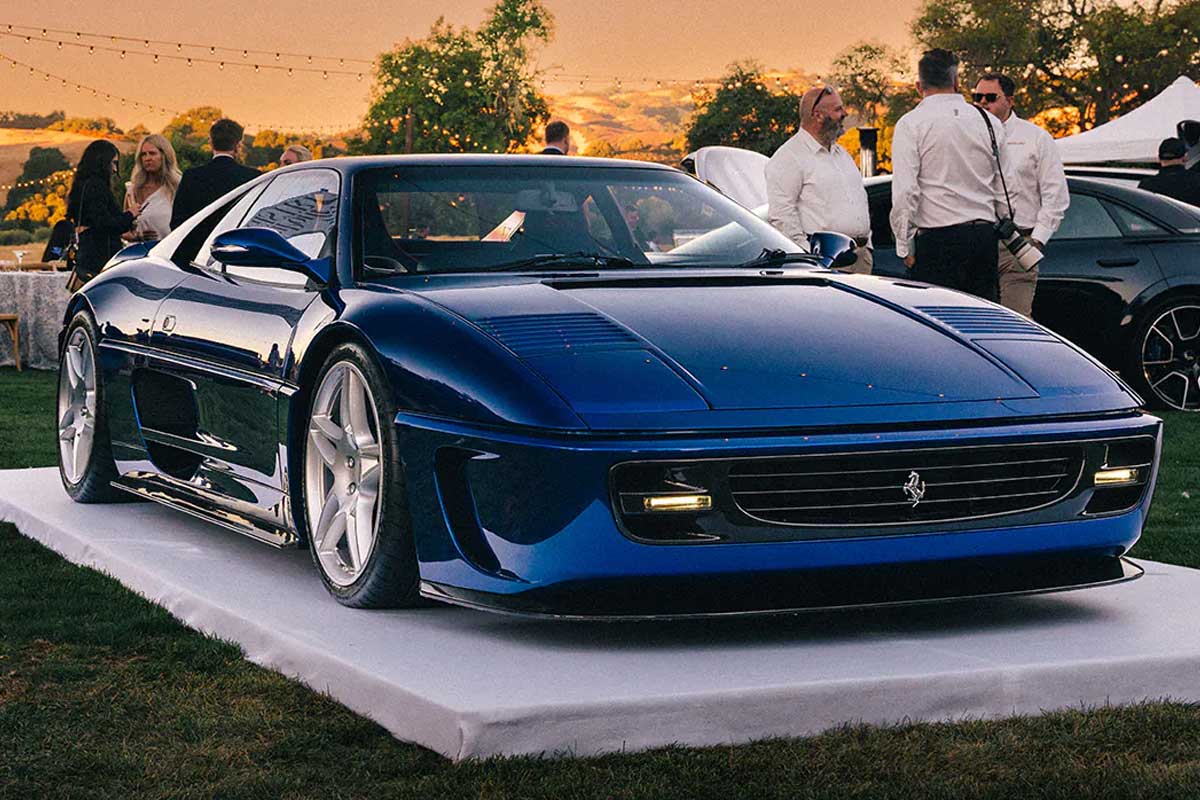
The F355 now features a carbon-fiber body, and gains gills all over, on the bumper, upstream of the retractable headlamps, and at the rear, again upstream of the lights, feigning a kinship with the 288 GTO. The front bumper has also been redesigned to incorporate slimmer horizontal daytime running lights and "hidden" indicators. The mirrors and handles have also been reworked to optimize aerodynamic flow and bring them more into line with today's codes.
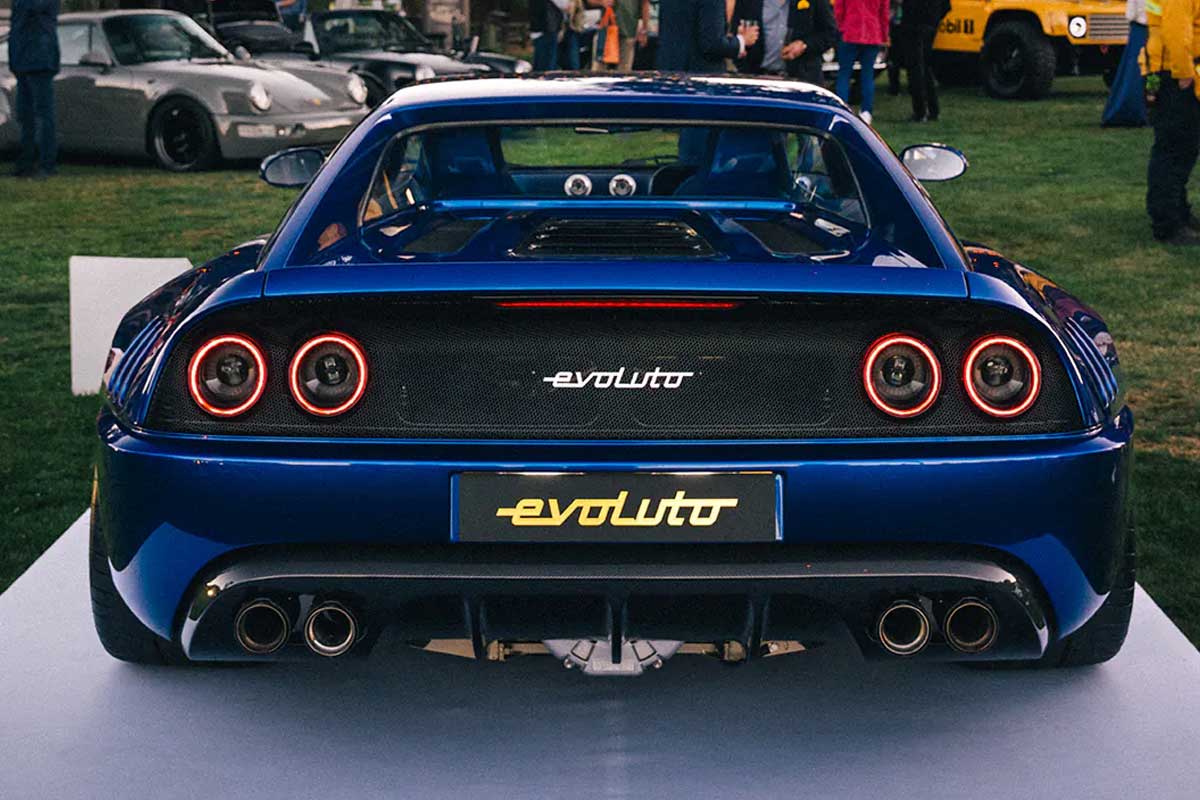
At the rear, the lights are still round, but have been modernized. A semi-transparent black F40-style grille has been added to air out the engine. A large, ostentatious diffuser overhangs the engine, making the four exhaust pipes stand out even more. The Evoluto continues the trend of removing as many badges as possible. The Ferrari badges on the front of the hood and fenders have disappeared. As for the hub of the steering wheel, of course it's now emblazoned with the Evoluto signature!
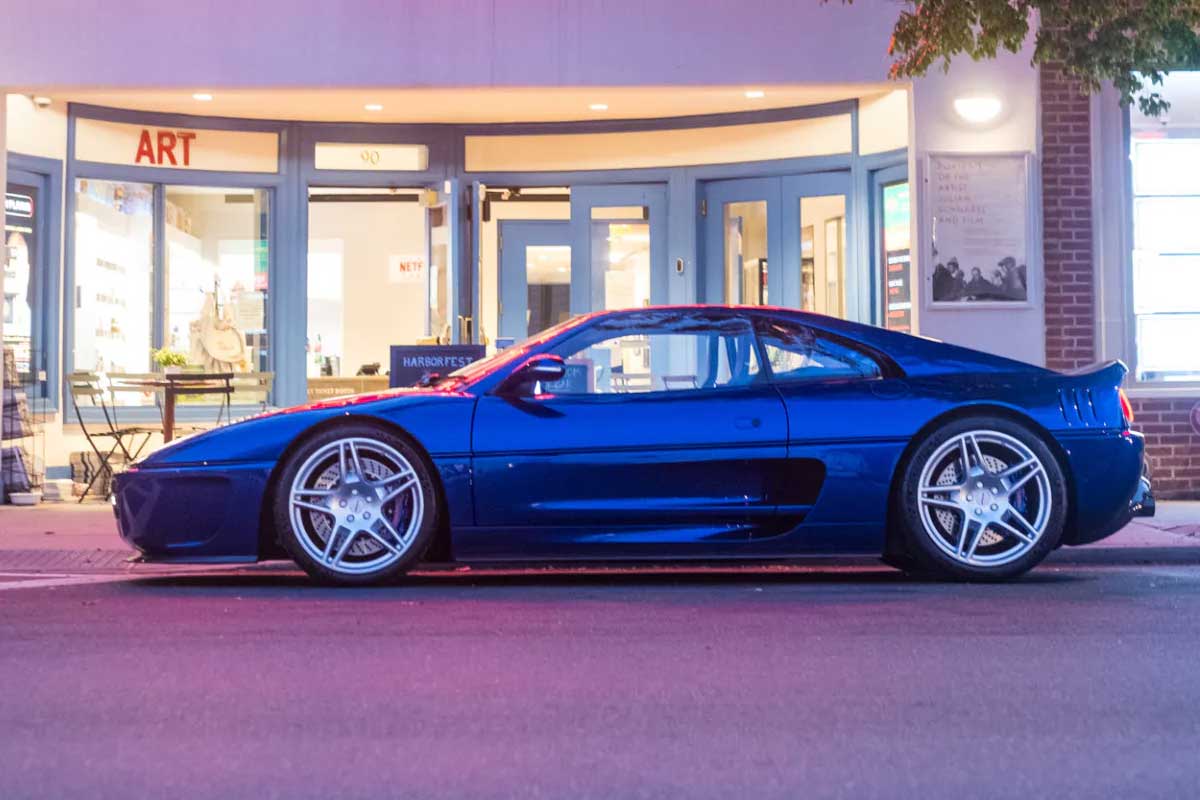
Flashy blue interior
The interior, designed by the team at Callum Design, a studio founded by Ian Callum, former chief designer at Aston Martin (the DB9!) and then Jaguar, is a far cry from the original design. Okay, the Ferraris of the early '90s didn't yet have a very premium finish, but here the styling choices are more ostentatious, with a garish blue accented by orange stitching. It feels like a Mansory prep for a Lamborghini.
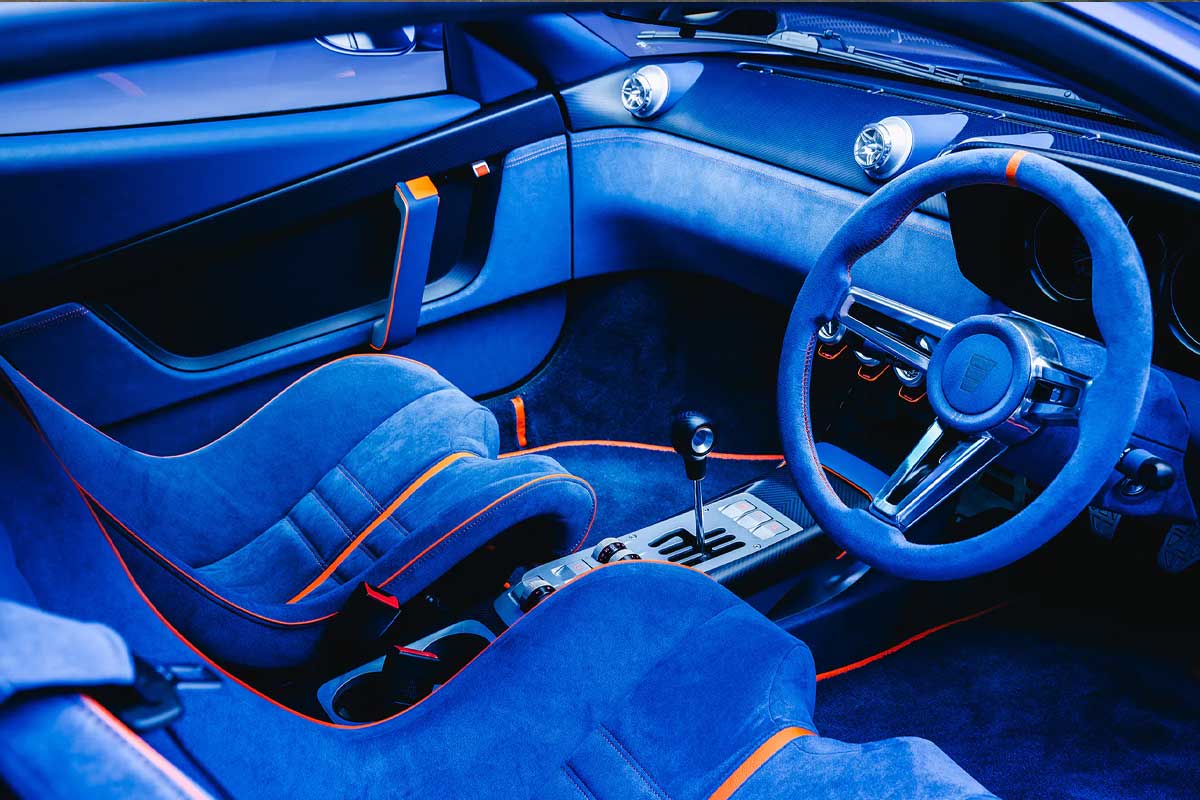
The dashboard has been modernized with round air vents, replacing the original rectangular versions, and the instruments on the center console now appear to float, lending a lighter, more airy appearance.
The overall effect is pleasant, as if the F355 had been through the customization menu of a Need for Speed game. Only 55 examples of the F355 Evoluto are planned. Each one will be tailor-made, created with the owner in mind.
I know if you have to ask, you can't afford it but how much are they asking . Would have been nice to include that.
i asked Ai, which replies with;
The price for a Ferrari 355 by Evoluto restomod starts at approximately £690,000 or $1 million (USD), and this figure does not include the cost of the donor Ferrari F355, which the customer must provide. The final price can vary significantly based on the level of customization and bespoke options chosen for the build.
End.
Hope that helps on your price enquiry.
It's immensely appealing.
Small mistake: Ian Callum designed the first-generation Vanquish, but not the DB9, which we owe to Henrik Fisker.